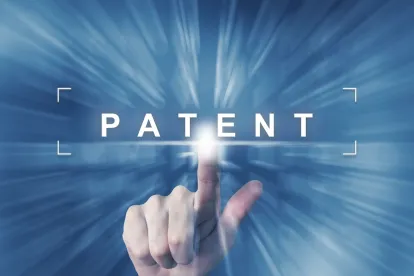China is in the midst of a tremendous patent boom. Worldwide, total patent application filings were up 7.8% in 2015, with China accounting for 84% of the total growth[1]. In 2015, the State Intellectual Property Office of the People’s Republic of China (SIPO) became the first patent office that received more than one million patent applications in a single year – eclipsing both the United States and Europe[2]. In fact, the SIPO received almost as many applications as the United States, Japan, and Korea combined[3]. The growth of China as a repository of patent applications highlights the growing need to ensure that any entity interested in filing in the large economic markets is aware of the filing requirements in China.
Filing Requirements
Perhaps the most common way for non-residents to file an application in China is to file a national stage application of a previously-filed Patent Cooperation Treaty (PCT) application. China is a 30 month PCT country, meaning that Chinese national stage applications must be filed within thirty months of the earliest priority date of the PCT application. To enter the national stage in China, a copy of the international publication, including any amendments, must be filed with the SIPO, and the international application must be translated into Chinese. There is however a two month grace period for supplying the translation of the application. A General Power of Attorney must also be filed with the SIPO, but it need not be filed at the time of entry.
Patent applications for inventions completed in China are subject to a “confidentiality examination” by the SIPO in which national security or other state interests are determined. This requirement can be of concern to companies having cross-border collaborations since confidentiality clearance must be obtained before an application can be filed outside of China.
Request for Examination and Voluntary Amendments
Prior to the SIPO providing an examination report, an actual Request for Examination must be filed three years from the earliest priority date of the application. After filing the Request for Examination, a Notice of Entry into Examination is issued by the SIPO, which notifies the Applicant that the application has entered into substantive examination. Applicants have up to three months from the receipt of this Notice to file any Voluntary Amendments of the claims to put them in the best form for Chinese examination. When making voluntary amendments in China, it is important to keep in mind Chinese claiming conventions and the types of claims that are allowed.
Patentable Subject Matter in the Life Science
Methods for diagnosis or treatment of diseases are not patentable according to provisions of Article 25.1(3) of the Chinese Patent Law.[4] However, instruments or apparatus for implementing these methods of diagnosis or treatment, or substances or materials for use in such methods, are appropriate subjects for patent rights.[5]
1. For claims of the treatment of diseases
These claims may be re-written as pharmaceutical claims or use claims in the form of “method for preparing a pharmaceutical” (“Swiss-type claims”).
2. For claims of the diagnosis of diseases
These claims may be re-written as “use of a compound in the preparation of a kit for diagnosing diseases and a kit for diagnosing diseases.”
3. Transgenic animals
Transgenic animals belong to the category of the “animal variety” which cannot be granted patent right according to provisions of Article 25.1(4) of the Chinese Patent Law. However, certain processes used in producing animal and plant varieties may be granted patent rights.
4. Human embryonic stem cells
Both human embryonic stem cells and the preparation thereof are not granted patent rights in accordance with the provisions of Article 5.1 of the Chinese Patent Law.
Fees
For Chinese national stage applications, claim fees are based on the total number of claims in the PCT application, and excess claim fees are due for each claim in excess of ten. Unfortunately, claim number cannot be reduced even by the filing of an Article 19 amendment. Neither is it possible to reduce the claim fees when making a Voluntary Amendment.
Grant fees in China are not based on the number of allowable claims, and instead are set fees. Upon grant, the patent registration fee, annuity, and a stamp tax must be paid.
[1] World Intellectual Property Indicators 2016, available at http://www.wipo.int/publications/en/details.jsp?id=4138 (last visited April 4, 2017) at page 21.
[2] Id.
[3] Id.
[4] http://www.aipla.org/committees/committee_pages/Biotechnology/biowiki/International%20Biowiki/ CHINA.aspx
[5] Section 4.3, Chapter 1, Part II, the Chinese Guidelines for Patent Examination





 />i
/>i

